Time Class 1 Notes Maths Chapter 6
| Table of contents |

|
| What is Time? |

|
| About the Clock |

|
| Days of a Week |

|
| Months of a Year |

|
| Seasons |

|
What is Time?
Time is an important part of our daily lives. We use time to plan our day, go to school, play, eat, and sleep. Time helps us keep track of different activities that happen throughout the day.
In the image below, Hasan’s daily routine events have been put in sequence according to the time at which they are done.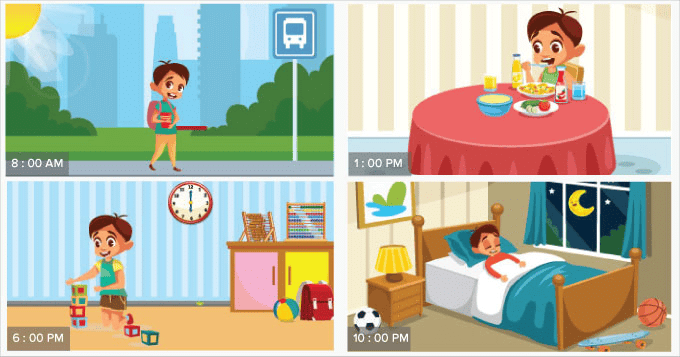 Times of the Day
Times of the Day
- We measure time in seconds, minutes, hours, days, weeks, months and years with clocks and calendars.
- A day has 24 hours. We use A.M. to tell the time running from midnight to noon and P.M. for the time running from noon to midnight.
- We do not write A.M. or P.M. at 12 o’clock in the afternoon and 12 o’clock at midnight. 12 o’clock at noon is written as 12 noon and 12 o’clock at midnight is written as 12 midnight.
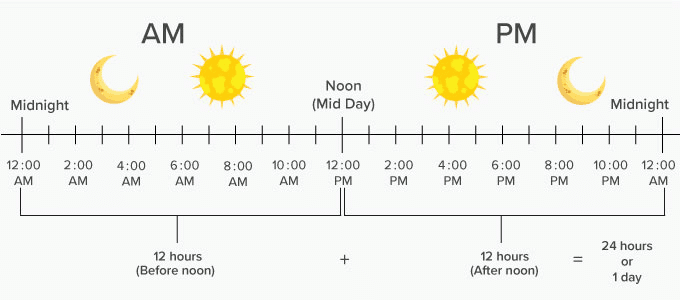
About the Clock
A clock is a device used to show us the time. It helps us know what part of the day it is—whether it's morning, afternoon, evening, or night.There are two main types of clocks:
- Analogue Clock
- Digital Clock
Analogue Clock
An analogue clock uses numbers from 1 to 12 and two hands to show the time.
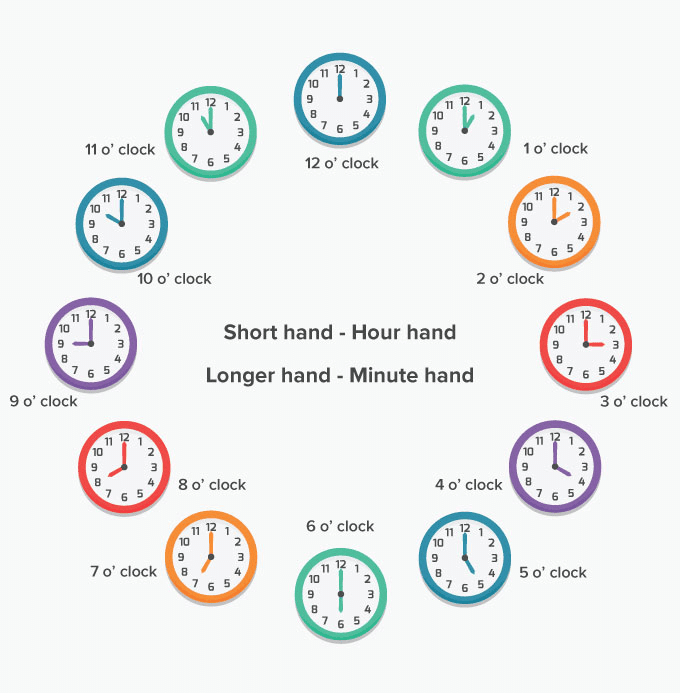
- The shorthand is called the hour hand. It tells the hours.
- The long hand is called the minute hand. It tells the minutes.
How an Analogue Clock Works
- The hour hand moves from one number to the next in one hour.
- The minute hand makes a full circle around the clock in one hour.
EduRev Tip: The word 'hour' is short, so the shorter hand is the hour hand. The word 'minute' is long, so the longer hand is the minute hand.
Reading Time on an Analogue Clock
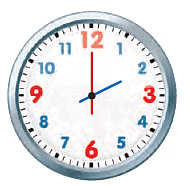 2o'clock
2o'clock
- When the minute hand points to 12, the hour hand tells us the time in full hours. For example:
- If the hour hand points to 2 and the minute hand points to 12, we say it is 2 o'clock. It is written as 2:00.
EduRev Tip: The phrase "2 o'clock" comes from "two of the clock."
More Examples of Reading Time on an Analogue Clock
3 o'clock (3:00):
- The hour hand points to 3.
- The minute hand points to 12.
- This means it is 3 o’clock, which we write as 3:00.
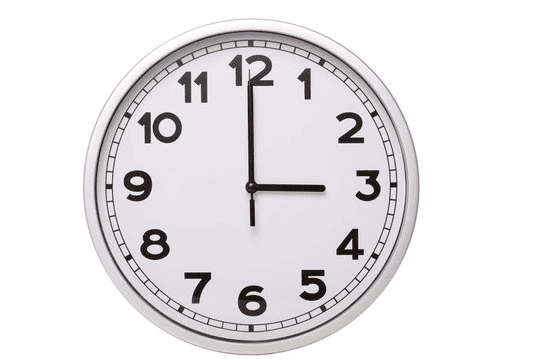 3 o’clock
3 o’clock
5 o'clock (5:00):
- The hour hand points to 5.
- The minute hand points to 12.
- This means it is 5 o’clock, which we write as 5:00.
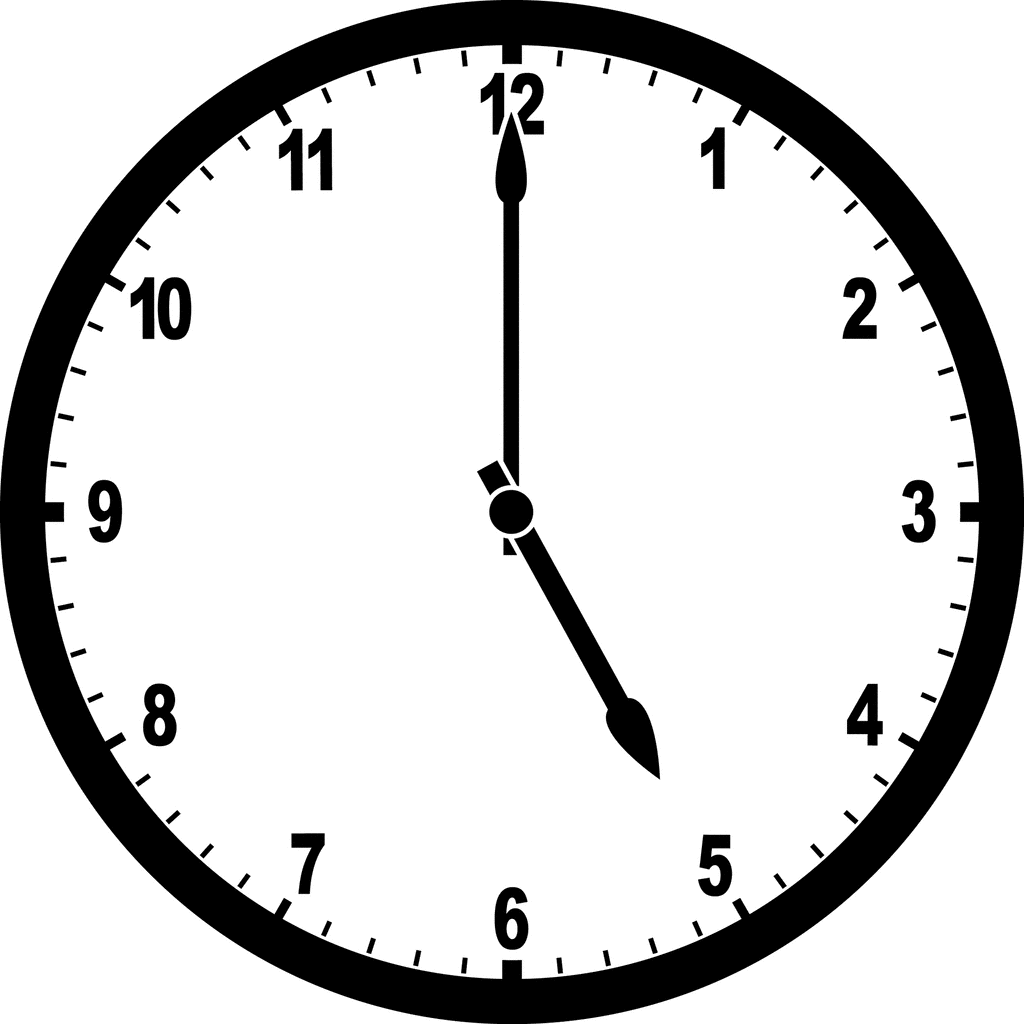 5 o’clock
5 o’clock
9 o'clock (9:00):
- The hour hand points to 9.
- The minute hand points to 12.
- This means it is 9 o’clock, which we write as 9:00.
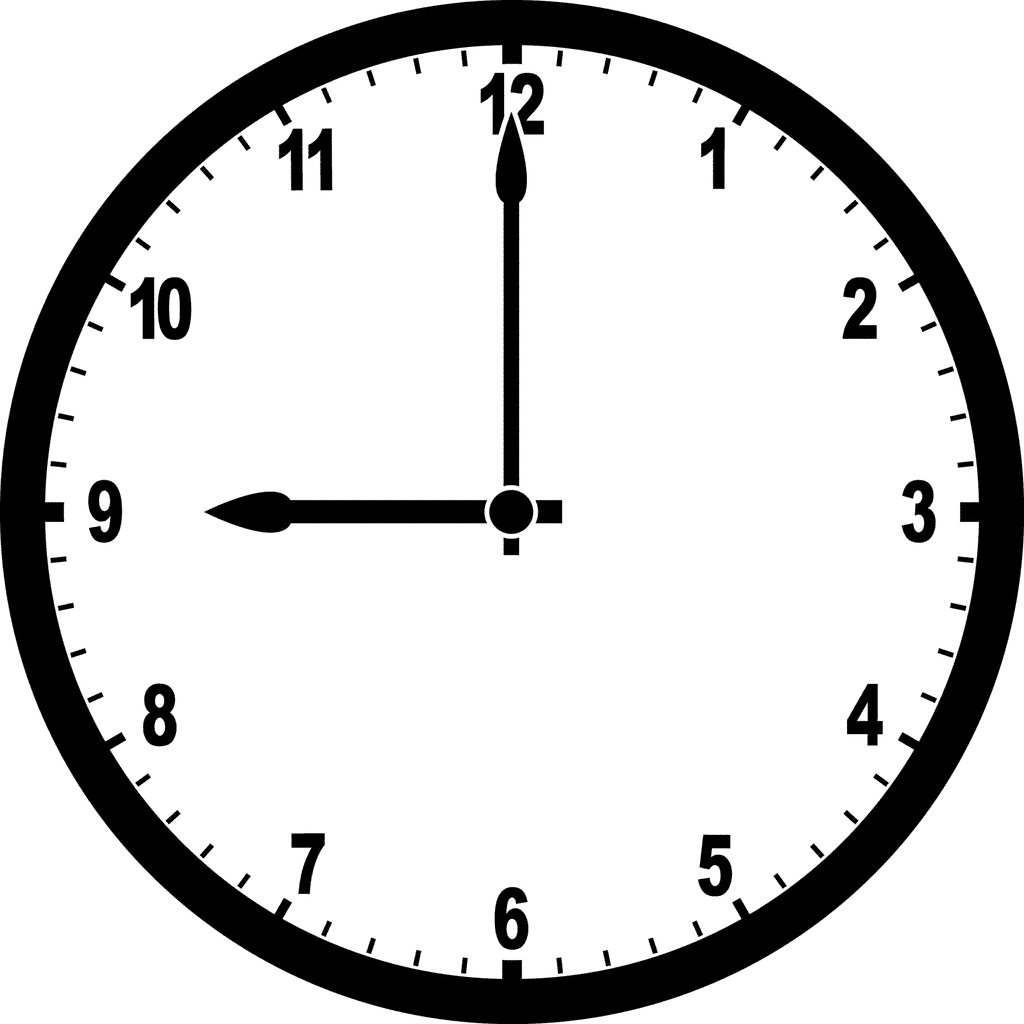 9 o'clock
9 o'clock
Digital Clock
A digital clock shows time using only numbers without hands. It uses two sets of numbers separated by a colon to tell the hour and minutes.
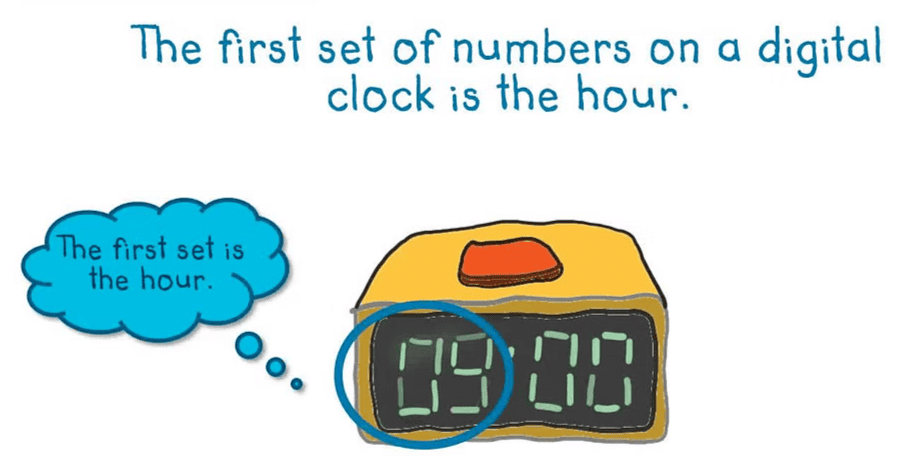
Examples:
1) 3 O' clock in Digital and Analogue Clock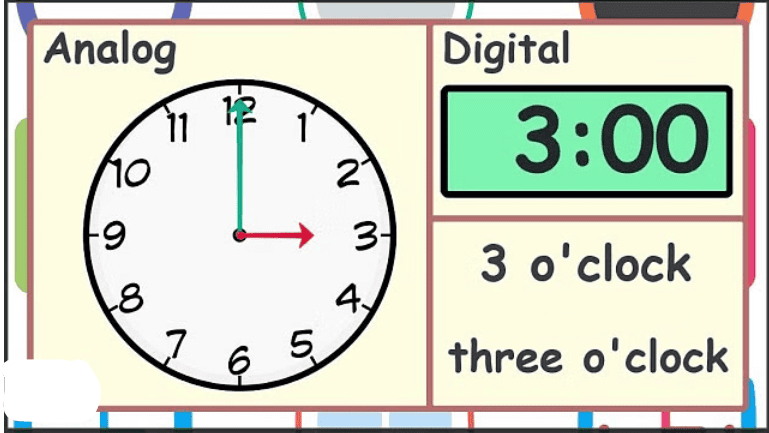 3 o' Clock in digital and Analogue Clock
3 o' Clock in digital and Analogue Clock
2)
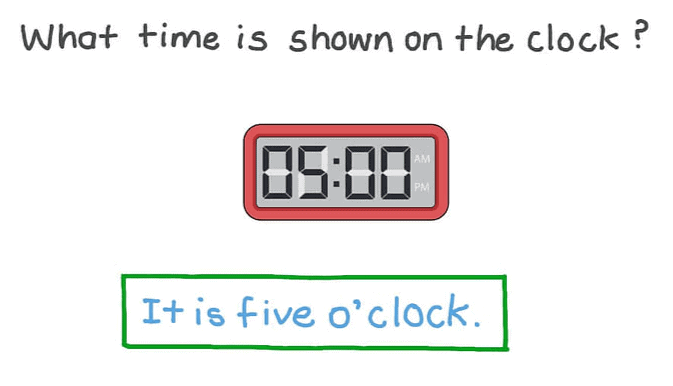
3) 
Days of a Week
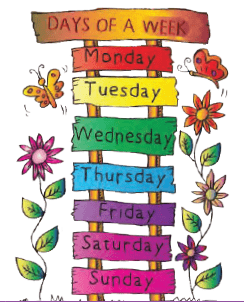 There are seven days in a week.
There are seven days in a week.- Monday is considered the first day of the week in our country.
- So, Sunday is the last day or the seventh day of the week.
The most common abbreviations used for the days of the week are:
Months of a Year
A year has 12 months.
January is the first month of the year and December is the last month of the year.
EduRev Tips: The months of the year are always in order.
Seasons
- Time keeps changing, and so does the world around us! As the months go by, we feel different kinds of weather—sometimes it's hot, sometimes it's cold, and sometimes it rains.
- These changes happen because of the seasons!
- Each season brings something special.
There are four seasons:
1. Summer Season: It is hot, and the sun shines brightly. People eat ice cream and play outside.

2. Rainy Season: The rain falls, and we use umbrellas and raincoats. Frogs and flowers love the rain!

3. Winter Season: It is cold, and we wear warm clothes. Some places even have snow!

4. Spring Season: The weather is nice, and flowers bloom everywhere. Butterflies fly around.

|
15 videos|135 docs|23 tests
|
FAQs on Time Class 1 Notes Maths Chapter 6
| 1. What is time and why is it important in our daily lives? |  |
| 2. How does an analogue clock work? |  |
| 3. What are the main differences between an analogue clock and a digital clock? |  |
| 4. How many days are there in a week, and what are their names? |  |
| 5. What are the four seasons of the year, and when do they occur? |  |
















